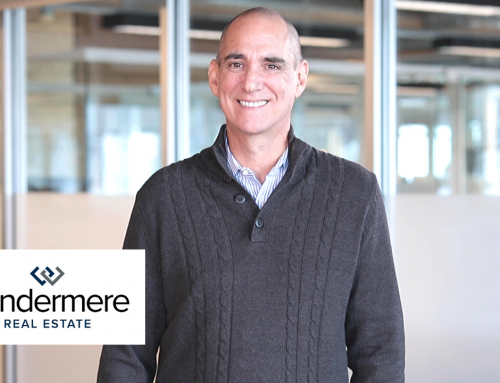In this recent article by the Seattle times, they do a great job of highlighting the “soaring” 11.4% pricing increases of homes in the Greater Seattle area, but one key thing we have to keep in mind, which often gets overlooked by generalized statistics, is that real estate market trends are very local, and can vary widely from county to county, city to city, and even from neighborhood to neighborhood within the same city. Seattle’s market is very local.
Within the local market, the appreciation also varies based on various factors. As buyers in the Seattle city market are finding, some of the hottest neighborhoods will still see very limited inventory and often bidding wars for homes, but in the same neighborhood this may not translate to other property types such as ultra-luxury properties, and it may not translate to condominiums or townhomes either. If you run the same year over year comparison within specific neighborhoods breaking it out by subcategories such as different price points or different types of property, you will likely find varying appreciation rates across those different sub categories. But I feel this is really key and is more important than what the Greater Seattle area real estate market appreciation looks like. What does your local real estate market and it’s different segments look like? That is what is important.
The article mentions that fixers and homes in the lower price ranges are appreciating at a faster rate. In my opinion, a large reason we are seeing such an increase in the demand for lower end price point homes and fixer uppers is not necessarily a demand for this type of house by investors or people looking for sweat equity, but rather it’s buyers who are no longer able to afford the category of home they originally set out to find 6 month earlier, or a year earlier. Instead, these homes are selling out of necessity because buyers have had to adjust expectations such as what size of home they need, instead of that 10 school they settle for 7 or 8 school, instead of needing a turn key house they realize they need one that needs some work, etc… just to get into a house in this market.
As an example of what adjusting exceptions in a hot high-appreciation market looks like for a buyer, just this week, one of our wonderful clients closed on a great home in the Whittier neighborhood just north of the popular Ballard neighborhood. One year ago we started working with them, and at the time the house “must haves” included 3 bedrooms with two of them and a bathroom on the same level, at least 2 bathrooms, a large kitchen and a large dining room, large garage/shop for tools, and a good school for their son. Seems reasonable right? Well, the most they could spend was $600,000 stretching up to maybe $650,000 for the perfect house. One year later, after losing out on 3 multiple offer scenarios, getting one house in contract, but needing to back out after we found out was literally built on fill and sinking, that “perfect” house never happened. So they adjusted expectations, got realistic about the market conditions and the house they closed on this week ended up being $675,000 and was a 3 bedroom house but with the two main bedrooms not on the same level, without a defined dining room, with an average sized kitchen (but it was really nice!), and a small garage, but they got the 10 school. This true life story of buyers just highlights the adjustments to expectations that are needed to buy in certain segments of this market.
So the current market isn’t really in need of average junkers that are thrown on the market at unreasonable prices as those will still sit on the market and become stale. However, homes and condos that are in good condition, presented well, and priced appropriately will still see very short market times, and multiple buyers willing to compete, creating that soaring appreciation the article mentions. But this is not the case across the board as it doesn’t happen for all neighborhoods and for all types of properties. It’s all local, and getting deep into that local market is key whether you are buying or selling.
While many think this type of double digit value increase isn’t sustainable, and I do agree with that, but I’m not sure my advice would be to wait for the market to cool down before buying. Either pricing will continue to increase, or rates might begin to rise, or even both. In either case, what a buyer can afford today is likely to cost them 7-10% more if they wait and things don’t cool down. There is a cost to waiting sometimes. With sellers who also need to buy who are thinking about waiting, this cost translates to them as well. While you might get a larger net sales price for your condo or house if you sell later as prices go up, you are negating that net gain by buying at a higher price value on the buy side. I often hear buyers and sellers saying, “we don’t have to buy” or “we don’t have to sell so we are not in a hurry and are going to wait for the perfect property”, well , how much is not being in a hurry or being too selective going to cost you in the end?
It’s a crazy market, and it sometimes doesn’t make sense, but it is the market we have and if you need to buy or sell, be careful trying to time things too much. Just make it happen, know the local market, have realistic goals and expectations, and be flexible and creative so the market doesn’t eat you up.
By Marco Kronen with Seattle Condo Review: A guide to Seattle downtown condos.







Leave A Comment